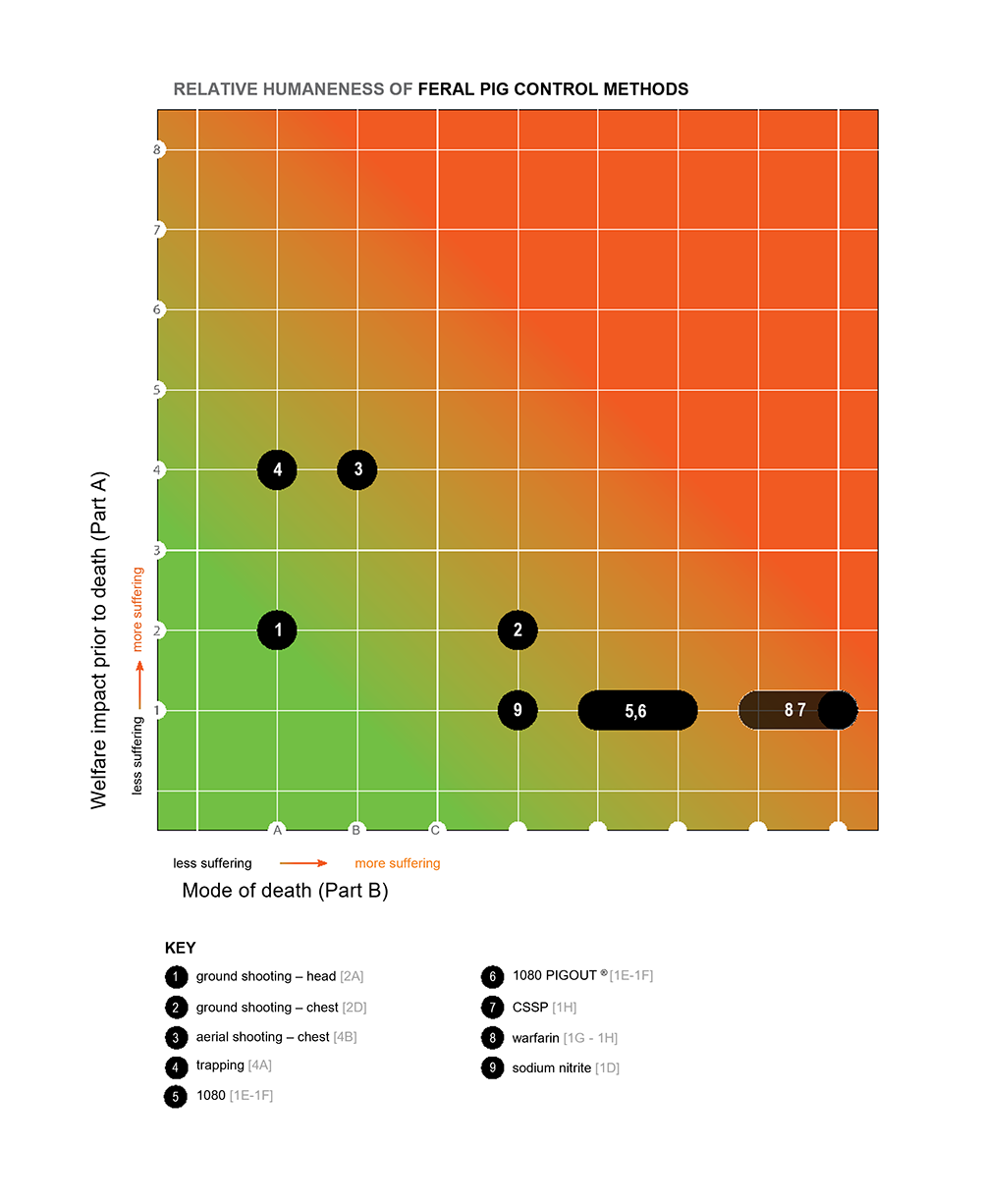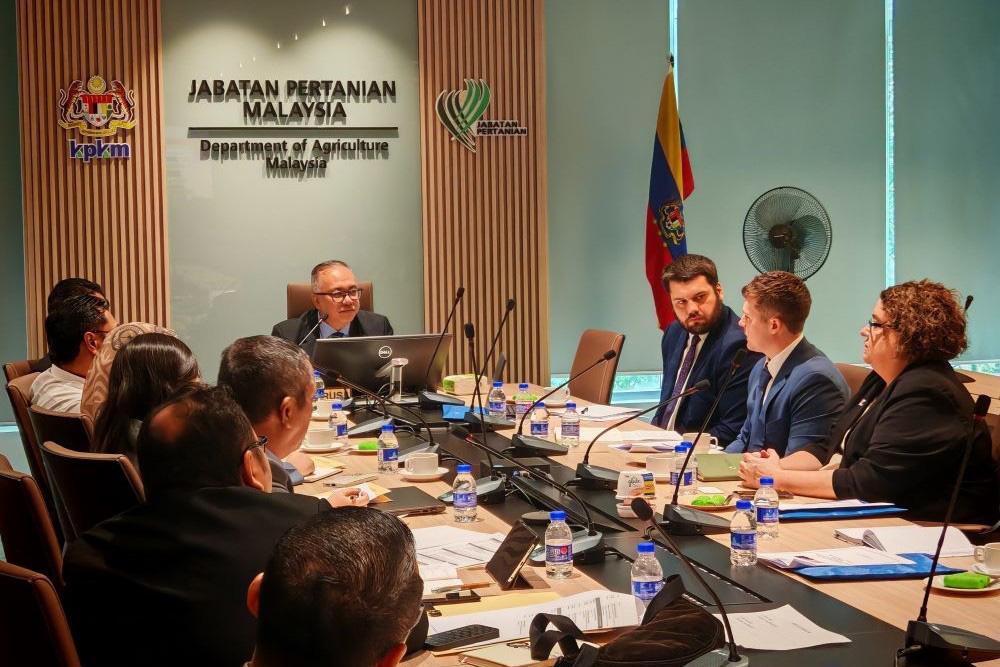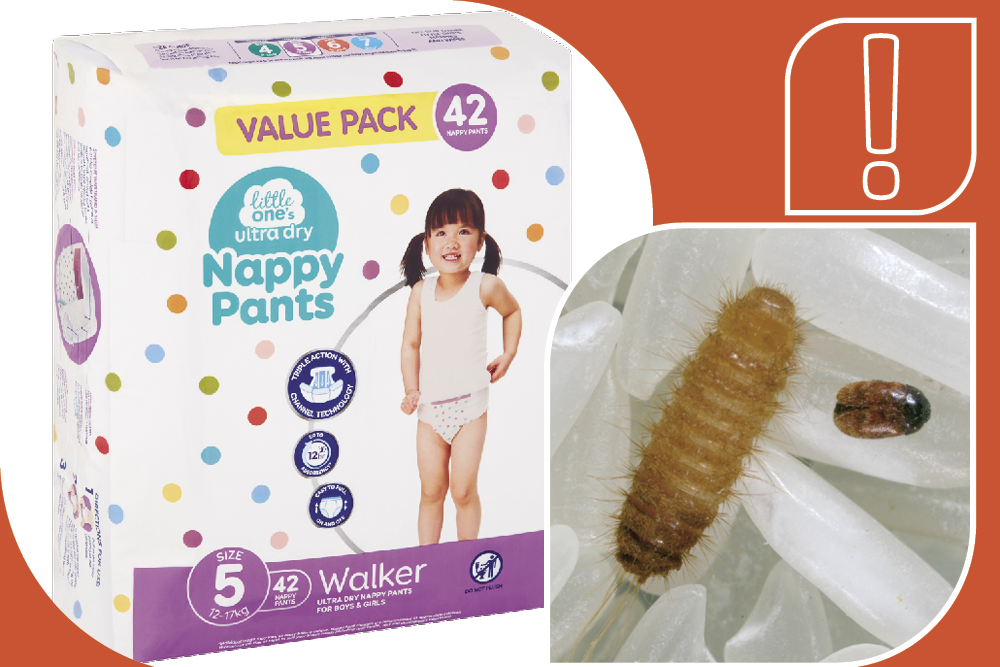Centre for Invasive Species Solutions
Invasive species are animals, plants, parasites or disease-causing organisms that establish outside their natural range and become pests. Invasive species are a key extinction threat to Australia’s native animals, with foxes and feral cats alone having contributed to over 30 native mammal, bird and reptile extinctions. It is estimated that invasive pest animal species cost Australian agriculture almost $1 billion annually. Invasive species also impact on First Nations culture and cultural heritage. Some invasive species can affect human and animal health and damage community infrastructure.
Managing invasive species to reduce their impacts requires a balance to optimise animal welfare outcomes for both the invasive species being managed and the animals they affect. No single technique is suitable for all circumstances or environments and a range of control methods are needed to protect assets.
To support animal welfare when using lethal management, national codes of practice (CoP) and standard operating procedures (SOP) have been developed to guide the use of control techniques for invasive species. These CoPs and SOPs outline best practice humane management, reflect state and territory regulations and, where appropriate, the requirements of the Australian Pesticides and Veterinary Medicines Authority for the use of toxins. The adoption and use of these practices and procedures manage the negative impacts of invasive species in the most effective and humane manner. SOPs and COPs are endorsed by the Commonwealth and all state and territory jurisdictions through the National Biosecurity Committee’s Environment and Invasives Committee.
A model for assessing the relative humaneness of pest animal control methods has been developed that allows direct comparison between control techniques for each invasive species being managed. The method was developed as part of the previous Australian Animal Welfare Strategy by the NSW Department of Primary Industries and Regional Development’s Vertebrate Pest Research Unit. These assessments are conducted by a panel that includes experts in the species being managed, independent veterinarians and representatives from national animal welfare organisations.
An example of employing animal welfare outcomes coupled with invasives species control is in the management of feral pigs.
Management of feral pigs is necessary to reduce their impacts. They prey on small mammals, birds, reptiles, insects, and multiple amphibious and aquatics species. Feral pigs also cause damage to endangered plant communities. This impacts biodiversity, soil health and the habitat of wildlife. They can reduce bush tucker through digging and eating resources such as yams, water lilies and wild native ginger. They impact agricultural production, costing farmers an estimated $156 million per year and can act as hosts for a range of endemic and exotic diseases.
The National Code of Practice for the Humane Control of Feral Pigs outlines the best practice techniques and methods for the targeted management of feral pigs whilst ensuring suitable welfare outcomes are deployed. It includes SOPs that address potential animal welfare issues applicable to each of the lethal control technique to ensure an ethical and humane approach to lethal control of feral pigs.
The relative humaneness matrix for feral pigs shows the relative welfare outcome of each lethal control technique assessed against the humaneness model. This allows land managers to assess the relative humaneness of control techniques. The matrix has resulted in a move away from relatively less humane techniques towards those with improved animal welfare outcomes. For example:
- Yellow phosphorus (CSSP) use has been reduced in some jurisdictions
- Warfarin is no longer permitted for use for the control of feral pigs
- New toxins, with improved humanness outcomes, are being developed (such as sodium nitrite).
Learn more about the:
Acknowledgements
The Department thanks Centre for Invasive Species Solutions (CISS) for the provision of the case study.

Photo credit: © Sharp, T. and G. Saunders (2011). A model for assessing the relative humaneness of pest animal control methods. Australian Government Department of Agriculture, Fisheries and Forestry, Canberra.



